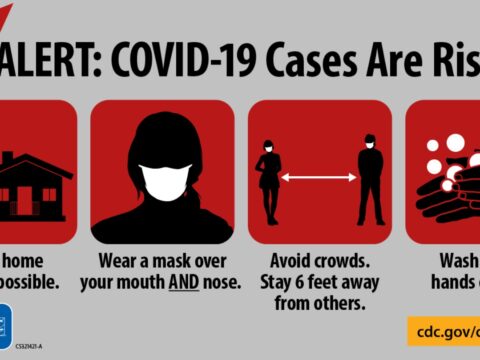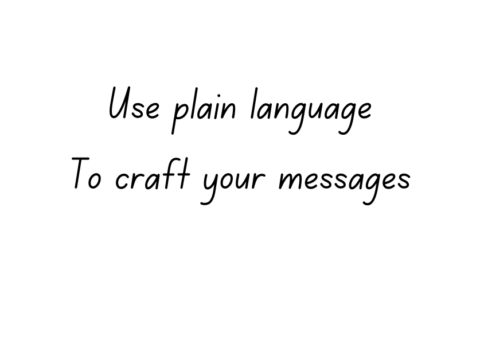
a film by Ramin Bahrani
(Image source: Wikipedia)
“They told me it’s out there: The Pacific Vortex. Paradise”; The “Plastic bag” anticipates his destiny through Werner Herzog’s voice.
“No one needs me here anymore, Not even my Maker”; the “Plastic bag” laments while observing the sunset on the beach. “He” is about to dive into the deep ocean heading for “paradise”: the gigantic plastic garbage dump that sits deep Pacific Ocean Vortex.
Ramin Bahrani opens his “Plastic bag” (2010), an 18 minutes long film with the above narration. It premiered at the Venice Film Festival and later screened at the New York Film Festival.
Ramin is an acclaimed Iranian-American filmmaker.
The technique of anthropomorphism
Ramin anthropomorphizes a plastic bag into a human; rather the bag thinks and feels like a human. This technique is called anthropomorphism, an excellent creative writing technique. It “transports” us into an imaginary world for a short period. After the visit, we return to the world where we lived prior to the journey with changed beliefs and attitudes. It helps to retain the message in our minds for a long time. We can find the same technique in Franz Kafka’s “metamorphosis”, Lewis Carrol’s “Alice in Wonderland”, and George Orwell’s “Animal Farm” and Markus Zusak’s “The Book Thief”.
The long journey begins
Soon after the opening scene at the beach, Ramin takes us to a place where the plastic bag begins his long journey to the Deep Pacific ocean vortex. The starting place is the store’s cashier countertop from where his Maker, a young woman, places her bought- stuff into the bag. Besides carrying stuff to the woman’s home, the bag carries various kinds of duties for the woman from going with her to the tennis court, helping her with ice to ease her ankle pain, and even bagging her pet dog’s shit. However, it feels abandoned when the woman dumps him and ends up at a large garbage site.
From this garbage site until he sets into the deep Pacific ocean vortex, Ramin makes the bag traveling through the land, sky, forests, buildings, houses, and the ocean. Throughout this journey, the bag meets animals, fish, and even a “girlfriend” bag.
Human emotions
The bag voices its human feelings through Werner Herzog’s voice: love, hope, loss, frustration, and the yearning for reaching the ultimate destiny.
Intimate moments with the young woman

He feels happy for being “part of her life” and joy when he intimates with the lady’s skin to ease her ankle pain with ice.
“I made her happy and she made me happy”, the bag thinks. And, he yearns to be with her, “we would be together forever”.
Then, he feels despair when she abandons her and finds himself at a dumping site.
At the large garbage site

“Nothing could destroy me”, boasts the bag even after a large garbage truck ran over it several times. Then, the wind takes him out of the site and destiny.
Meeting his “girlfriend”

During his resumed journey, he meets his red-coloured “girlfriend” plastic bag. He moves and dances gracefully with her.
You can watch the full movie here.
Ramin’s laser-beam focus on the main narrative does not deviate even for a second to bring forward the bigger picture of the plastic pollution crisis. He is strictly disciplined about it. The focus directs at the plastic bag’s goal: Re-uniting its Maker or else finding its ultimate destiny – the 100 million tons gigantic garbage dump deep inside the Pacific Ocean vortex.



